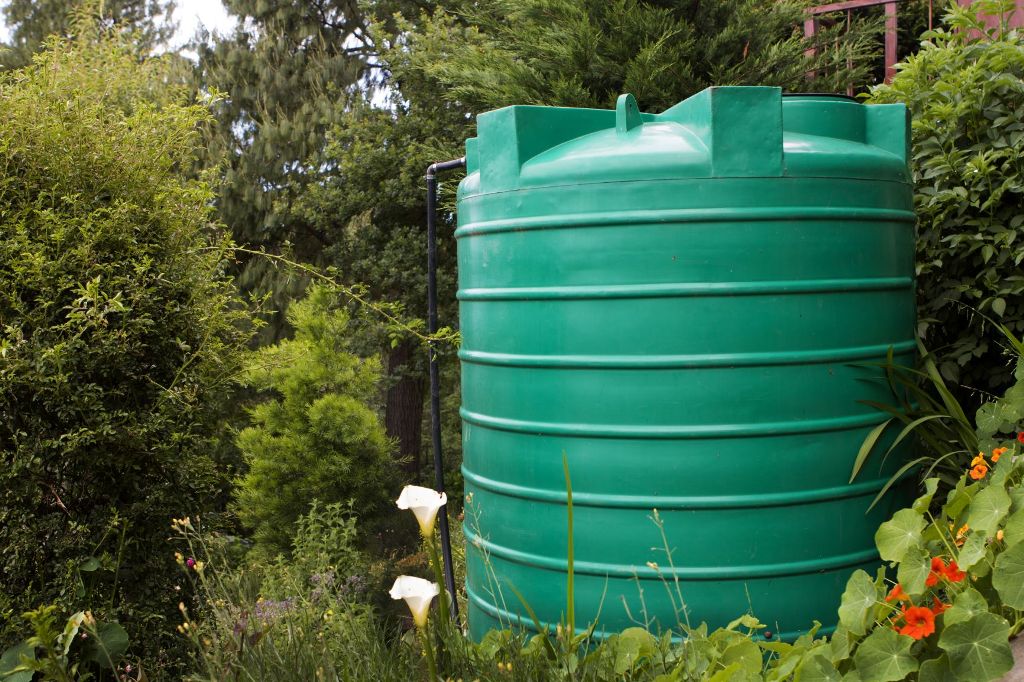If you think that your water tank is contaminated, it’s best to find an alternative source of drinking water for the meantime while it’s not yet disinfected. Water tanks, even when constantly used, can still have microbial growth over time. It’s advised that tanks should be disinfected at least two times each year.
Proper maintenance and disinfection will prevent and kill viruses and bacteria, which can cause stomach and other diseases. Disinfection will prevent the development of slime and scale, which can also contaminate water and carry pathogens. This step will control algae growth that causes unpleasant odors and taste. Make sure that your tank is screened to prevent mosquito breeding, and it should also be sealed to prevent contamination. Click here to learn more about water storage tank options.
Cleaning Your Water Tank
Before you begin disinfecting your water tank, it’s best to clean it first. Follow the steps outlined below to prepare your tank for disinfection.
- First, you need to empty your water tank and clean it from the outside. You can do this by scrubbing its interior surfaces with a solution of hot water and detergent.
- You can use a power washer or pole-mounted brush to remove slime, algae, rust, or sediments.
- Rinse and clean all pipes, pumps, and hoses that are used in emptying and filling the water tank.
- Then, wash and rinse thoroughly the tank and make sure that there aren’t any traces of detergent in the water, using a power washer.
- Fill the tank with preferably hot water and leave it to stand for several hours.
- Empty the water tank by draining the water, as well as its piping.
- You can use a portable pump to rinse water or remove dirt from the tank.
Disinfecting The Water Tank
If you don’t know the volume capacity of your tank, you must calculate it first before you can disinfect it properly using good old household bleach or chlorine. Bleach is a common household cleaning agent, which isn’t only useful for kitchen cleaning but can also help you disinfect your water storage tank. Then, follow the given steps below:
- Fill the water tank with treated potable water up to a quarter-full.
- Add household chlorine bleach. For every 50-gallon volume of the tank, add 1 cup of chlorine bleach. Thus, if your water tank has a volume of 200 gallons, then you need to use 4 cups of chlorine bleach to mix with water.
- Mix the bleach thoroughly with water and fill it to its normal operating level.
- To disinfect all fixtures, pipes, and plumbing lines of the water tank, open all the faucets until you notice the smell of chlorine.
- Close the faucets and leave the chlorinated water to sit for a minimum of 12 hours on the tank and on the pipes. This is believed to give the chlorine enough time to disinfect the tank and the connecting pipes.

Warning: Ensure that nothing and no one consumes or uses the chlorinated water in the tank.
Drain And Refill
After 12 hours or so, you should drain the water tank and the connected plumbing lines. In this step, you need to ensure that the chlorinated water doesn’t get into contact with the plants, pond, stream, or septic system. The ideal way to do this step is to legally dispose it into a sewer network. Then, refill the clean and disinfected tank with clean water for use. Before you can use the water though, you need to run water from the faucets and leave it running until there is not more chlorine smell coming out. Finally, you can now use clean and safe water from your water tank without worries.
Other Notes
Water tanks are becoming more common nowadays and are used for water storage for the home. They do not come cheap, but with so many benefits associated with them, it’s hard to imagine not having one in your home. Once you have disinfected your tank, you need to regularly maintain it to prevent the re-infection of bacteria and viruses. Do the same steps given above at least once every six months to ensure that you have clean and safe water you can use anytime.
Final Thoughts
A good water storage tank is something you need to invest in if you want clean drinking water. The cost of having a tank for storing your water is much cheaper than buying bottled water, as you don’t need to buy it from bottle to bottle. However, you need to ensure that the water you store in your water tanks remain safe for use. This can be done by disinfecting your water tank at least twice each year. Although this may sound like a bit of work, it ensures that the whole family is safe from water-borne diseases.






